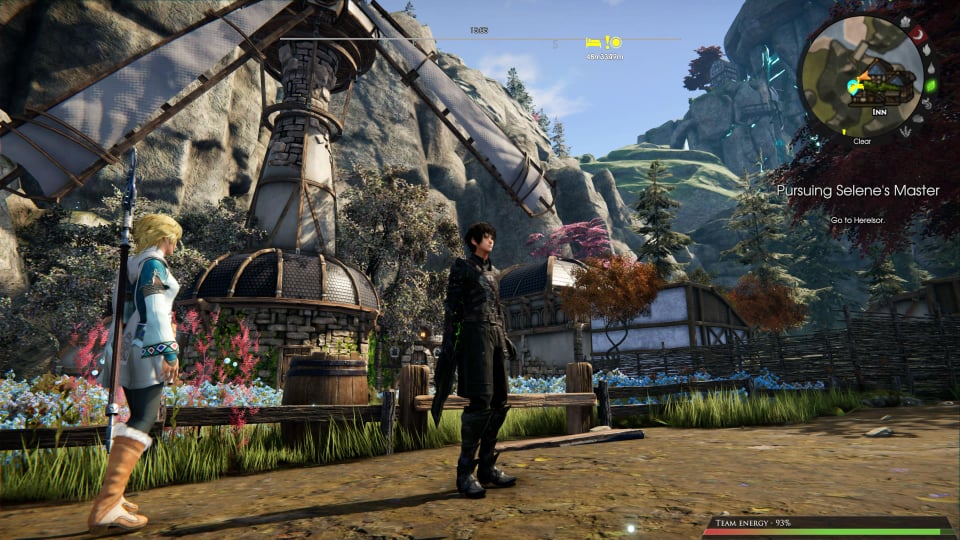Edge of Eternity proves a small team can still deliver a big JRPG experience
- Developer: Midgar Studio
- Publisher: Dear Villagers
- Release date: 10th February 2022
- Genre: JRPG
- Platforms: PS4/5, Xbox One/Series X|S, Switch, Windows PC, Mac App Store
- Reviewed on: PS5
- Game Supplied by: Publisher
Edge of Eternity Review
When I received my code to play Edge of Eternity, I was, and still am, right in the middle of a playthrough of what was arguably 2021’s biggest and most successful JRPG, Tales of Arise. With the visuals and quality of that game fresh in my mind, I started Edge of Eternity and thought to myself, this game doesn’t stand a chance. How wrong could I be!
Edge of Eternity doesn’t have the high budget, the polish or the wow factor that Tales of Arise has, but what it does bring is a pure, classical, JRPG heart, that is warming, enriching and as fun to experience as its shiny big-budget contemporaries.
JRPGs normally have bland environments with low poly textures and rendering, but offset this with great character animations and costume designs. Edge of Eternity has flipped that. The environments are interesting, detailed, superbly realised and rendered with excellent weather and art design, but the character models are fairly bland and almost comical in their movements and expression. However, setting up the game to look this way is endearing, as it transports you visually into this world with greater effect than many others in the genre. Because the visuals were so intoxicating, I felt much more inclined to fully explore it.
The art design is especially excellent when the story progresses between settings, as not only are the environmental elements different, but the art team has gone to work on the colour and design of the weird and wonderful aspects too. Grasses look alien yet authentic all at the same time, wispy glowing trees with tendrils of different colours slowly sway and rocks sparkle and glow based on the minerals they contain. In one moment you could be standing at a harbour gazing across an ocean vivid with detail, the next, mesmerised by the grand scale of a futuristic city or glowing caves.
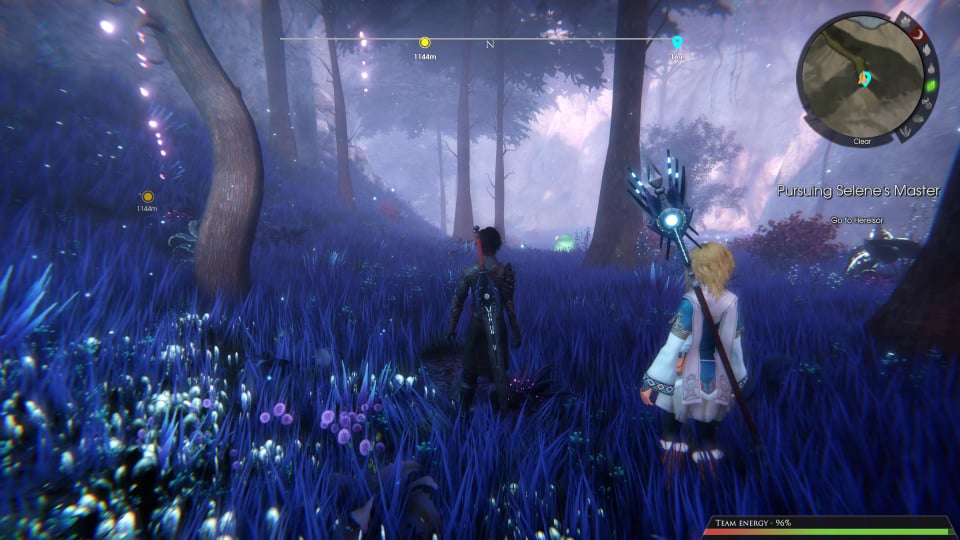
The character costume designs aren’t particularly interesting, but they do contain a lot of detail, especially in their textures. What let all of this great work down was that the engine running the game didn’t seem able to cope very well and that the characters’ faces were so bland, as it distracted from the rest of the quality.
I played through the PS5 version, which allows you to choose between performance or fidelity mode, though it failed to impress me with any notable visual difference. In performance mode, which should run at a higher frame rate, the game did run smoother, but only when in enclosed caves or similar environments, not the open world. In one area it started to snow, causing a distinct drop in performance and highlighting just how poorly the engine was running this game. This is unfortunate as the open world is where you spend the majority of the game.
The Characters.
One area the game truly shines is in the characters, their narrative, and the story as a whole. I was frankly far more engaged with the events of exploring the world of Heryon here in Edge of Eternity than I was of the overly dramatic and drawn out skits in Tales of Arise. This got to a point where I started to find myself wanting to play Edge of Eternity before Tales!
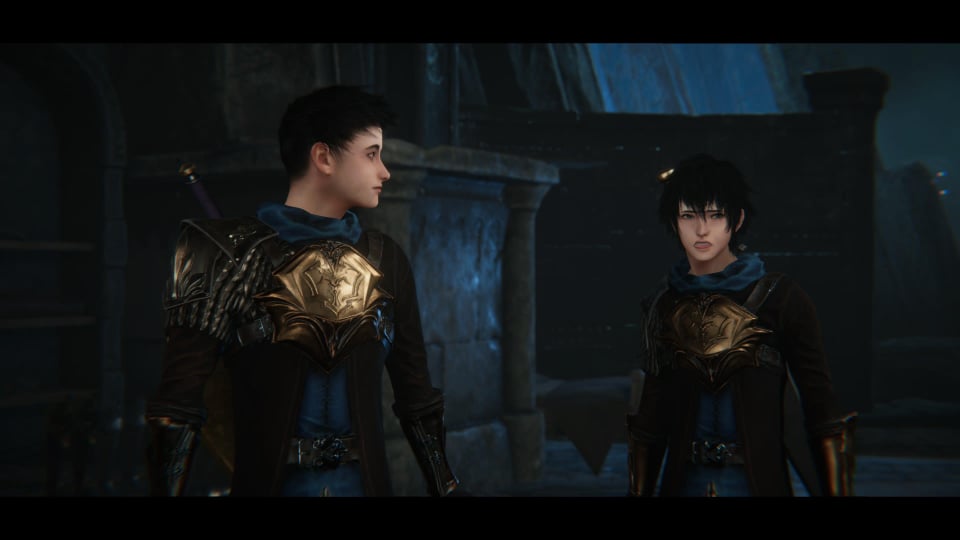
The reason the story and characters are so interesting is that the writing is excellent. Many of the cast have a wholesomeness to them as they like to take some time to banter with each other in humorous ways, but balance that out with gravitas and feeling when serious issues arrive. Unlike most JRPGs, there isn’t a whole lot of padding waffle. They fill the “waffle time” here in Edge of Eternity with humour instead. While Tales of Arise can go on about the drama of food for ten minutes solid, Edge of Eternity makes you chuckle with a little interplay ribbing between the main characters. It’s much more interesting to listen to. You also feel each performance, especially as the voice acting works very well with them. It’s a shame that most of the faces you look upon are so featureless.
The writing grabbed me so much that in my first playthrough in the prologue I thought I had done something wrong. There was a moment when I thought, “Did they just do that ?!“ I immediately started the game all over again to make sure what had just happened was supposed to. I was gripped!
Combat
The combat has a uniqueness to it as well that sets it apart from other JRPGs but still feels similar at the same time. It uses mechanics and ideas from other games but creates its own blend. It’s turn-based but visually looks like a third-person action game. Each player has a timeline which when their character reaches the end can then affect their action. With the camera free to spin around the battlefield and zoom in and out, the move is then applied for you to watch. The actions you have range from casting spells, melee hits, guarding, fleeing or using an item. Later in the game, special moves are unlocked, which perform powerful finishers.
Where this game adds another dimension is that the battlefield is on a polygonal grid. You can spend time moving the players into positions to attack enemies from behind or use the attributes of stones on the field, such as standing next to a stone that will heal you or increase your magic points. You can even use weapons lying around in the environments, which could be in the form of a handy ballista conveniently located in the middle of nowhere or by using rocks to land on opponents.
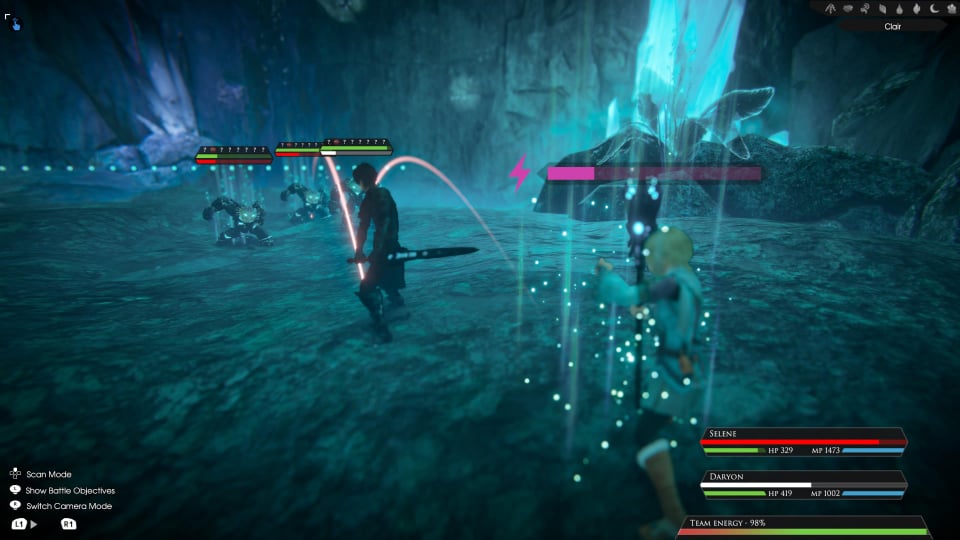
Each encounter also tasks the player with challenges to complete to earn more points, such as stabbing an enemy in the back or not using the same skill twice. These challenges are worth keeping an eye on as the rewards for doing them help buff up the team in the long run.
A wide variety of enemies helps keep encounters fresh – one moment you might be slaying hogs, deer or humans, the next moment it could be oversized mechs! Adding to all of this is that each enemy, and indeed your spell attacks, have elemental effects attributed to them. Learning the enemies weaknesses allows you to deal more damage if you attack with the appropriate elemental spell.
Exploration
Edge of Eternity is a large open-world game that has the vibe of Sword Art Online Alicization in the way it looks and feels. As well as many different types of environments and locations to look at, scattered around the world are NPC’s who you can interact with to complete side missions for extra EXP, items and money. Campfires or villages with inns to stay at also have crafting tables and notice boards with side quests to complete. Save points also act as teleportation hubs, but the drawback of teleporting is that it costs in-game money to use, which could catch players out if they are low. I can imagine someone low on money transporting themselves back to the starting point hub, only to find they don’t have enough to go back, so save at every opportunity you get!
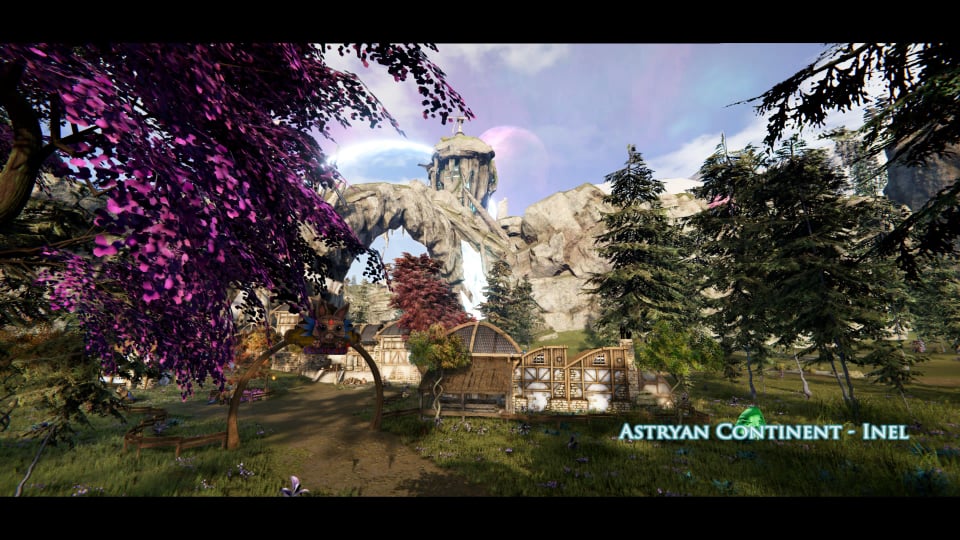
Exploring the world also rewards the player with loot chests hidden everywhere that contain consumables and gems for upgrading. You could also travel the world a little faster if you hire a Nekaroo, which is a large cat-like creature, so you can ride between points. Hitting oversized dandelions gives the Nekaroo a burst of speed to get there much quicker too, but why would you when there is so much to look at and enjoy on the way?
While exploring you can find locations that require you to use the grid-like battlefield to complete puzzles. For example, you may have a limited amount of time to work two characters to step on stones in a sequence that unlock doors to get to some treasure chests further inside. These puzzles ranged from the stupidly simple to proper head-scratchers, but ultimately they were all fair.
Upgrading and Balancing Issues.
Despite all the good the game does, there are issues that bring the experience crashing to a halt. The game lacks a good balance, which extends to many areas, the first of which is the upgrades. When I was six hours into the game I took stock of my inventory as some items were getting maxed out. It was then that I realised I had only been able to upgrade my weapons for each character once since the start, and I had been using the same weapons for hours. It was becoming boring. Whilst the enemies I faced were easy enough, to begin with, they were most certainly becoming harder, with no real way to make it any easier.

Each weapon can also be fitted with gemstones. There is an extensive skill tree to use, but when you open up one path it then shuts the others off. However, I could only unlock a scant few holes in each path anyway, yet had an obscene amount of gems to do so. With so many repeating stones and very few of them more powerful than the other, I was struggling to find a way to become more powerful. Too many gems, and not enough slots for them!
All of this does change, but the progression of the characters’ weapons, skills, and spells felt far too stagnant for far too long. Rather erratically this changed for the better further into the game but then fell back into being stagnant. The problem is, despite checking out every nook and cranny in exploration and completing many side quests and missions, I didn’t feel like the effort to do so was properly rewarded. The sense of achievement when spending time doing a side mission was lost – The missions themselves were varied and interesting, but I failed to get stronger for completing them, removing that incentive and reward to inspire me to complete more.
The next issue was in the structure of some of the main missions you have to complete. Some of them became a little tiresome as they were nothing more than benign fetch quests. For example, you can’t come through here until you have found the Captain. Upon finding the captain, I then had to slay a few weak enemies for him. Once I’d done that, he then refused to make an item I needed, so I had to find a craft table to make it myself. When I had done that, and even though the Captain hadn’t done anything for me, I had to go and find him. These sort of missions didn’t add anything to the story and felt like padding the game for little or no reward. The Captain in question was only an NPC for this mission, so it’s not like it even advanced the story in any meaningful way. Not all the missions were as such, but be aware that when you do reach your goal, that probably won’t be the satisfying end of it, and it can make you feel somewhat deflated by throwing needless obstacles in your way.
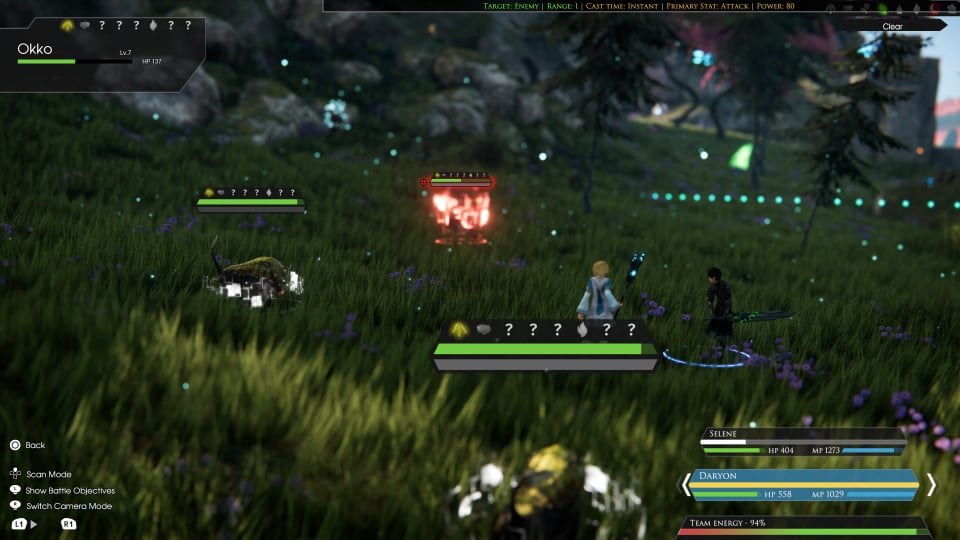
Summary
Edge of Eternity ticks every box for a JRPG and proves that you don’t need a big budget to hit a home run in the genre. This game is excellent, but it quite clearly lacks overall polish when compared to its contemporaries. Taken as is, though, it is an engrossing if slightly flawed JRPG that anyone interested in the genre will enjoy.
